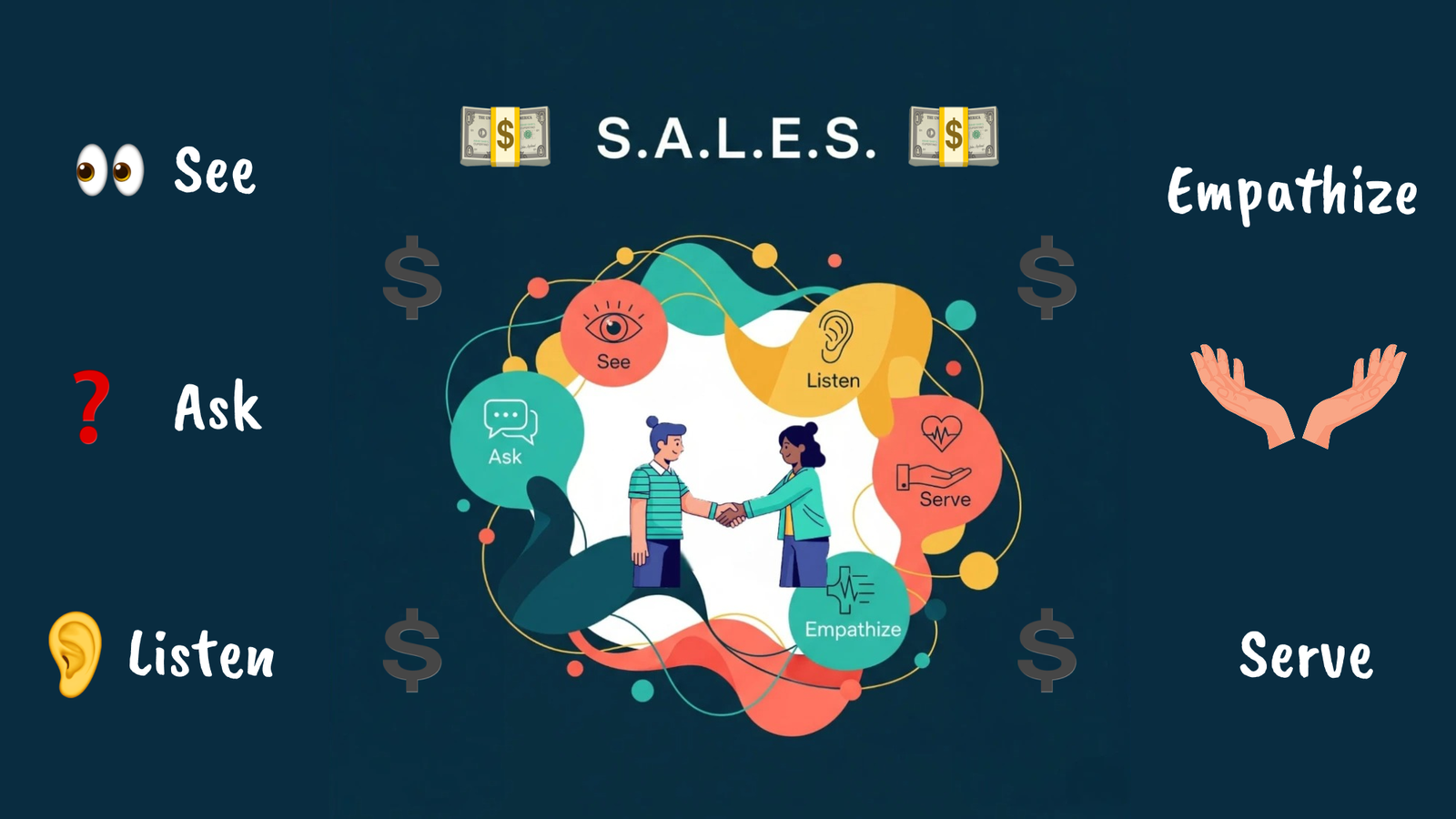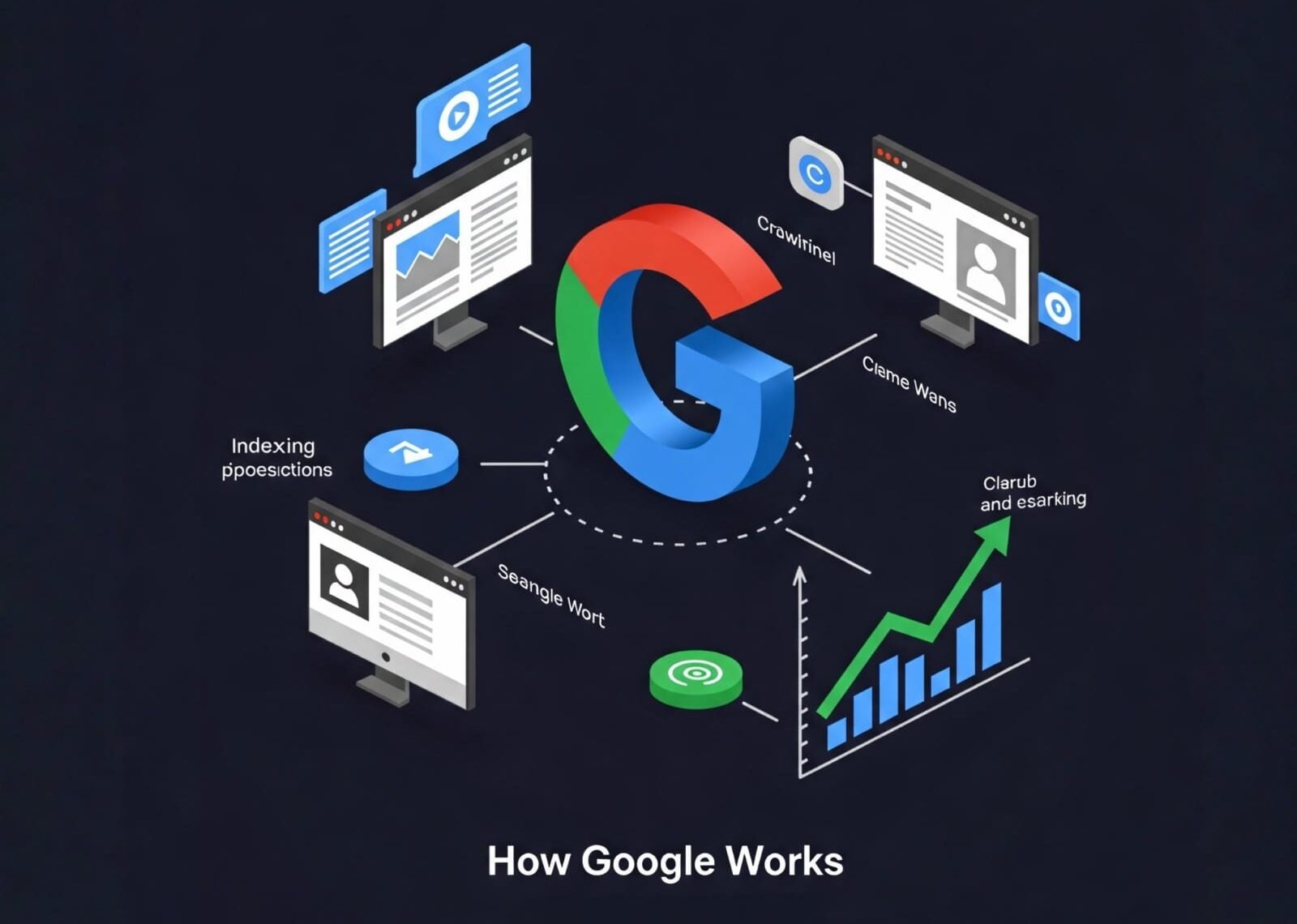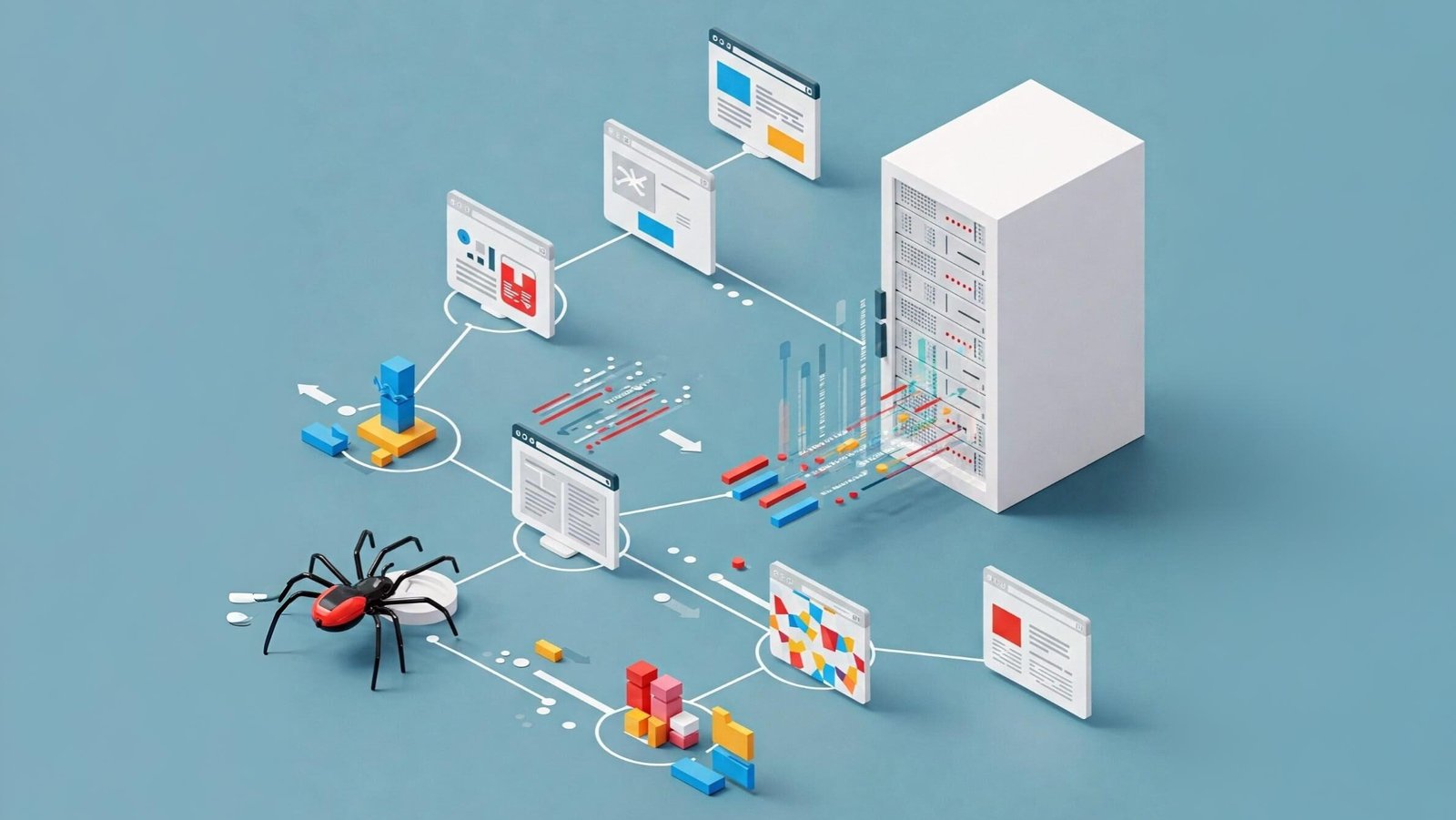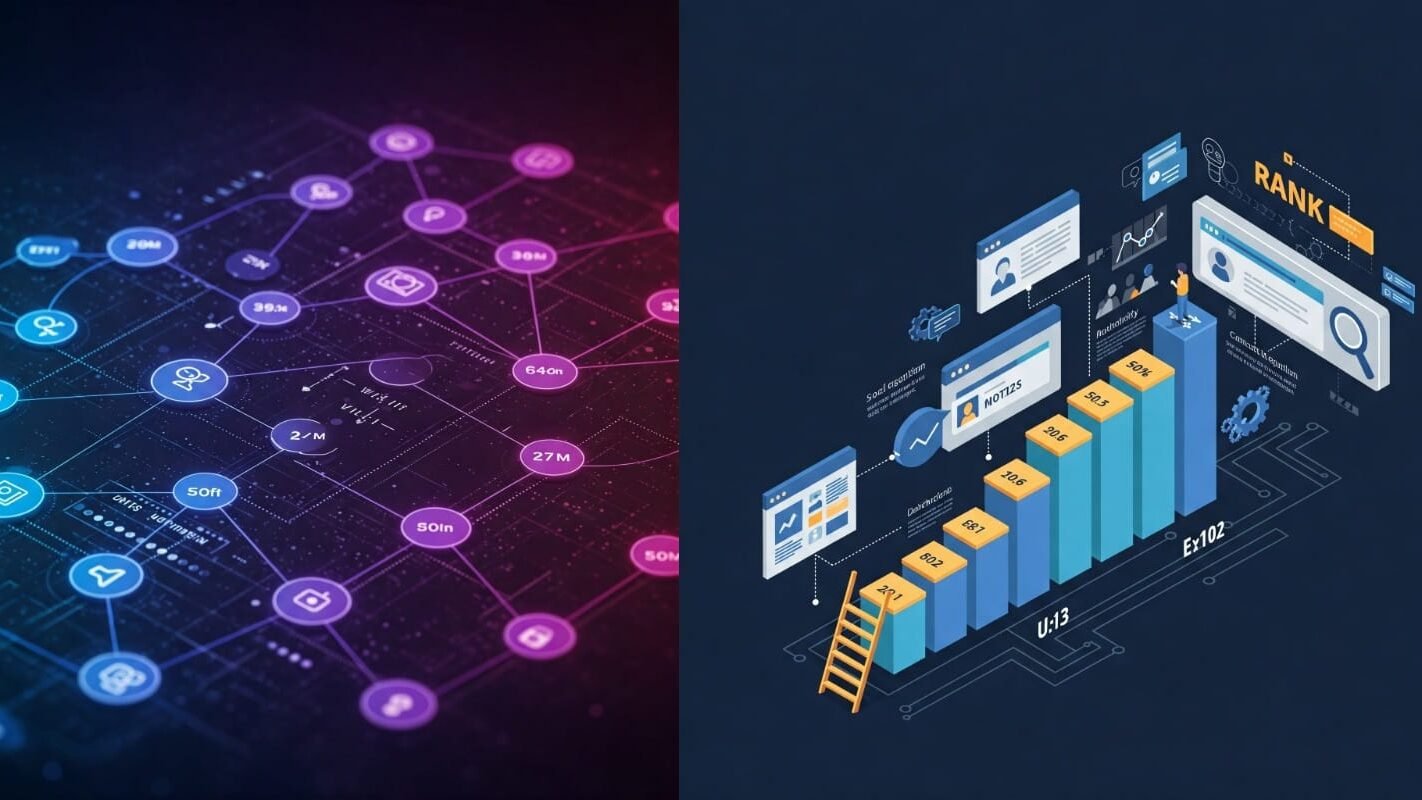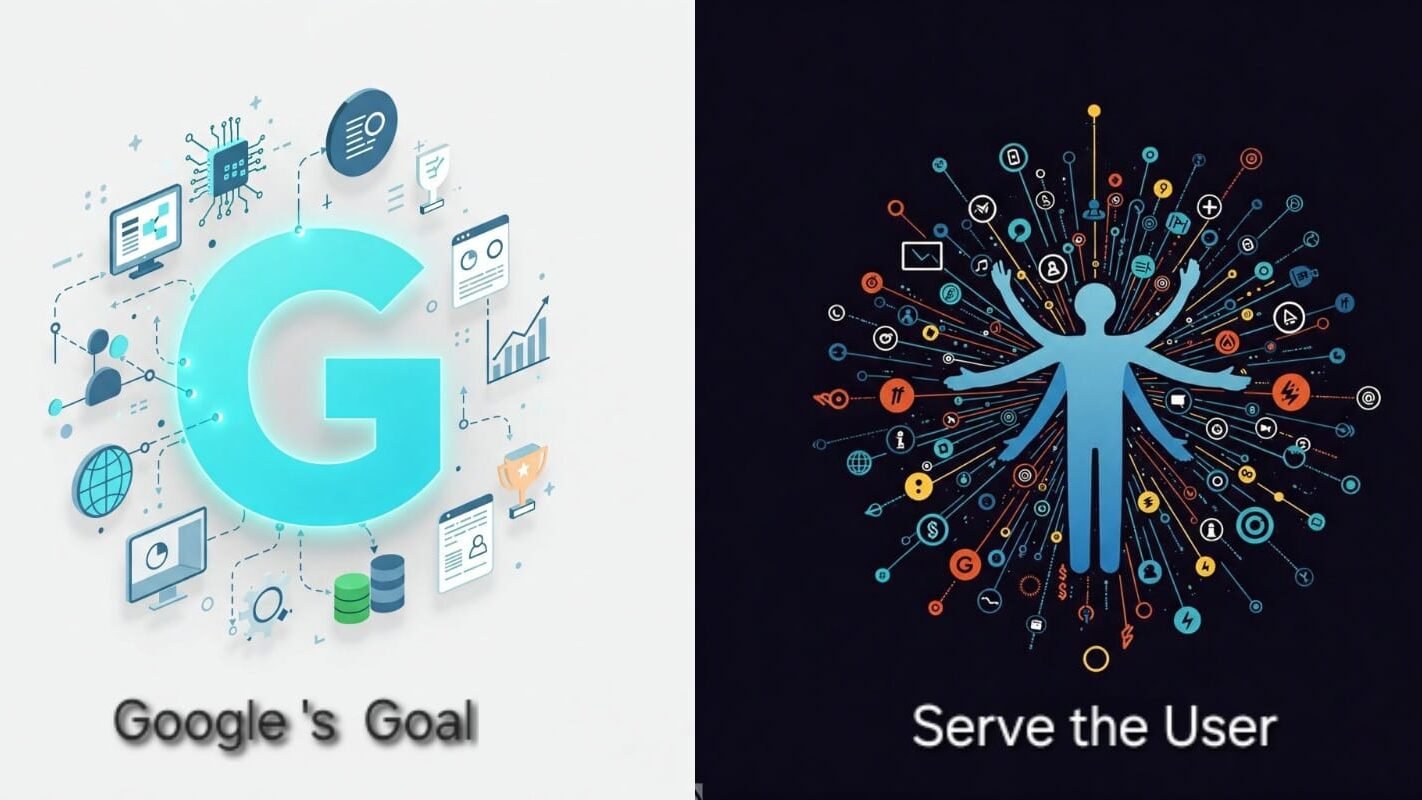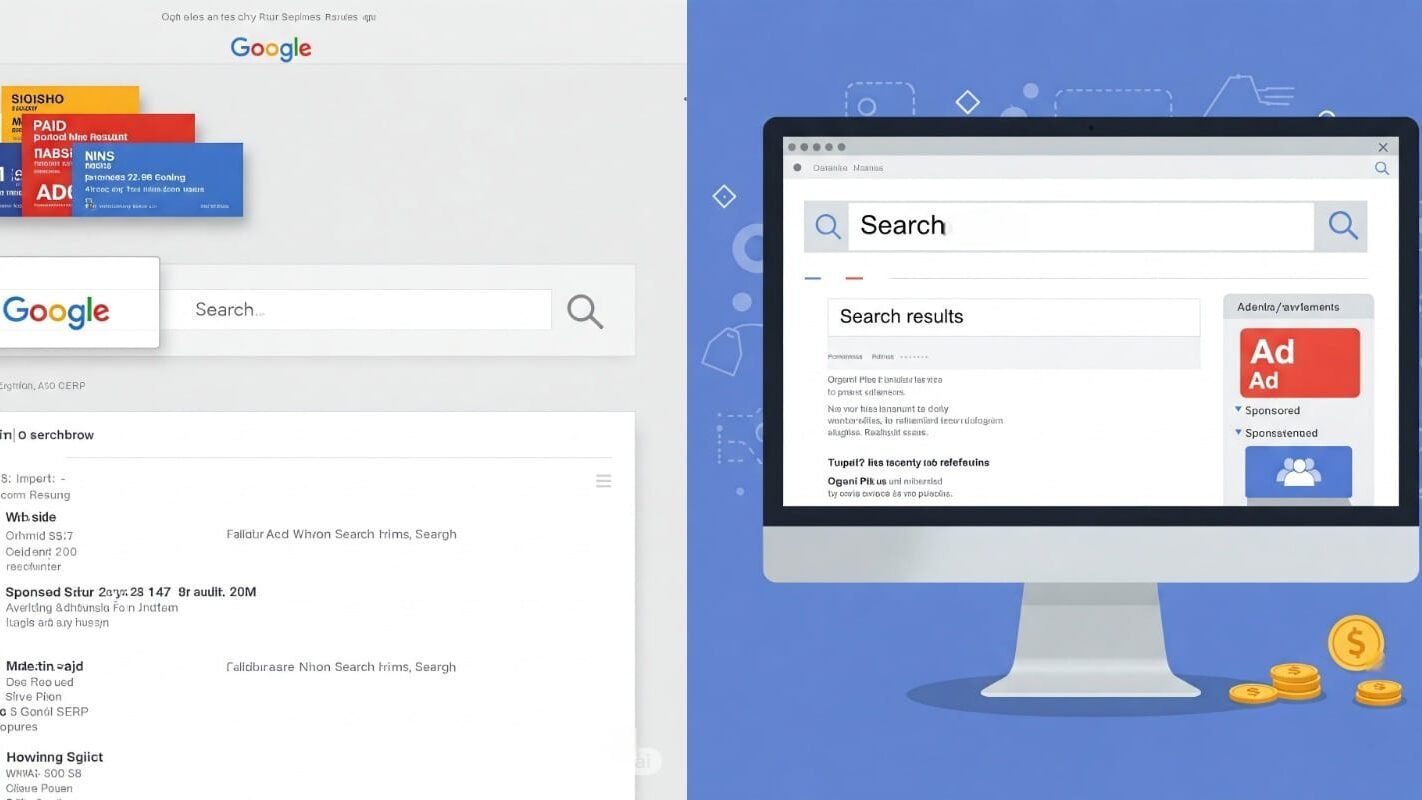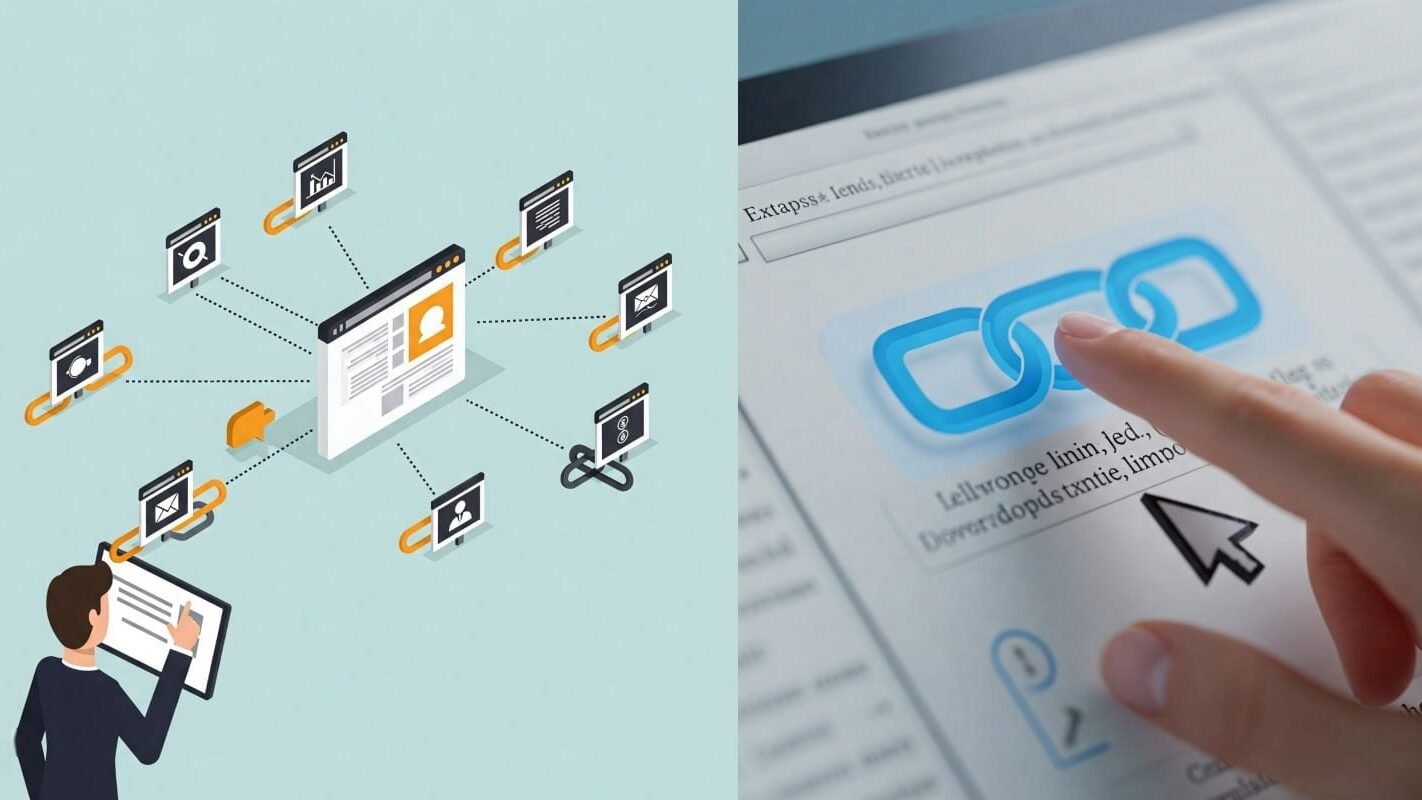How to Sell Without Being Pushy: Ethical Sales Framework
The word “SALES” often carries negative connotations, associated with amateur or unethical salespeople who use pressure and manipulation to push poor-quality products and services. Many entrepreneurs cringe at the thought of “selling,” picturing aggressive door-to-door salesmen or relentless telemarketers. This unfavorable image often stops businesses from growing, as sales are fundamental to business expansion.
This article redefines selling, offering an unconventional understanding of sales that will help you boost sales without being pushy. Forget pitching, presenting, pushing, manipulating, or convincing. True sales are about:
⚓ Inspiring the prospect to make a confident decision.
⚓ Helping them deeply think through their challenges.
Making a purchase decision can be daunting. People work hard for their money and fear making the wrong choice. Your role as a sales professional is to facilitate this decision by providing confidence and certainty. To guide you, I’ve developed a simple yet powerful ethical sales framework, turning the word SALES into a mnemonic device.
The S.A.L.E.S. Framework for Ethical Selling 📐
S = See: Understanding Client Needs and Perception 👀

“Seeing” your client means more than just a follow-up. It’s about recognizing the attention you’ve already garnered from leads. Companies spend billions on attention (billboards, ads) because if you’re out of sight, you’re out of mind. Why would you neglect to retain and convert the attention you’ve worked so hard to get?
Beyond the surface, “seeing” involves deep perception of your client’s situation. What specific difficulties are they facing? What amenities are they truly seeking? And critically, which of your products or services genuinely meets their needs or solves their problems? Understand their buying motives: are they shopping for price or seeking the best quality? You wouldn’t try to sell a luxury car to someone looking for an economy vehicle; tailor your perception to their needs.
A = Ask: Probing Deeper with Powerful Questions ⁉️

Don’t assume – ask! Validate your perceptions and probe deeper to truly understand the problem better. Always discover the root cause of any problem. A powerful technique is to ask “Why?” five times consecutively. Here’s an example:
❔🥺 Boy, I have a headache…
❔Why? Because I have a cold.
❔Why did you catch a cold? Because yesterday I spent time in the cold.
❔Why? Because I didn’t take my coat.
❔Why? Because I didn’t think that it would be so cold outside.
❔Why? Because in the morning I don’t check the weather forecast. (✅)
Solution: Install a thermometer on the balcony and watch it before going out. While temporary solutions like pain relievers offer quick fixes, they don’t tackle the root cause, leading to recurring problems.
Asking “what?” often leads to simple commands. Asking “how?” can encourage micromanagement. But asking “Why?” opens doors to unexplored ideas and solutions, making you stand out as a qualified and valuable salesperson.
You can also ask clients about their most important decision-making factor – is it price, a great track record, or something else?
L = Listen: The Power of Active Listening in Sales 👂

Listen carefully. Jot down notes and occasionally repeat what you’ve heard to show you’re truly engaged. Never interrupt your client; it breaks their flow and they might forget crucial points. Let them speak. The more they open up, the better your understanding of their problem. This active listening is key to building strong client relationships.
It also helps you uncover unspoken needs and concerns that might not surface otherwise. A client who feels heard is more likely to trust your expertise and be receptive to your eventual solutions. By truly internalizing their perspective, you can tailor your approach to resonate more deeply with their unique challenges. This foundation of understanding paves the way for collaborative problem-solving and mutually beneficial outcomes.
E = Empathise: Building Trust and Reciprocity ✨🤝

Now that you have the full picture, empathize. Put yourself in their shoes. Do you genuinely believe you have the right product or service for them? If not, consider recommending a friend who works for another company that might offer a better fit. This builds stronger friendships and, more importantly, a lifelong relationship with your client. They’ll see you as a person of honor and values.
According to the psychological law of reciprocity, when you do something for someone, they feel inclined to do something in return. When you contribute meaningfully to someone’s life and deliver tremendous value, they’ll feel a strong urge to reciprocate! This is how ethical selling creates lasting impact.
S = Serve: Proposing Solutions and Closing Ethically 💡🤝

To serve means to propose the optimal solution and effectively close the deal. After summarizing their situation and confirming your understanding of their problem, you can confidently propose:
“From what I understand, this issue is causing you £10,000 in lost revenue. If that’s correct, then if I send you a proposal worth £1500, would you be willing to close the deal before this weekend?”
A question like this summarizes everything, puts the client in a decision-making state, and confirms mutual understanding. Once they agree, and you send a sensible proposal, you’re 99% of the way to closing the sale ethically. All that remains is to deliver the product or service as promised.
Ethical Endnote 📝
This framework is such a breath of fresh air! 🌬️💖 It completely shifts the perspective on sales from aggressive pushing 🥊 to genuine connection and heartfelt service. I especially loved the “Ask Why?” technique – such a simple yet incredibly powerful way to uncover true needs and dig deep! 💡🔍
What’s one sales interaction that truly changed your perspective on selling, for better or worse? 🤔 Share your thoughts and stories below! 👇 I’m genuinely curious to hear your experiences. Let’s redefine sales together, one positive interaction at a time! ✨🤝📈
